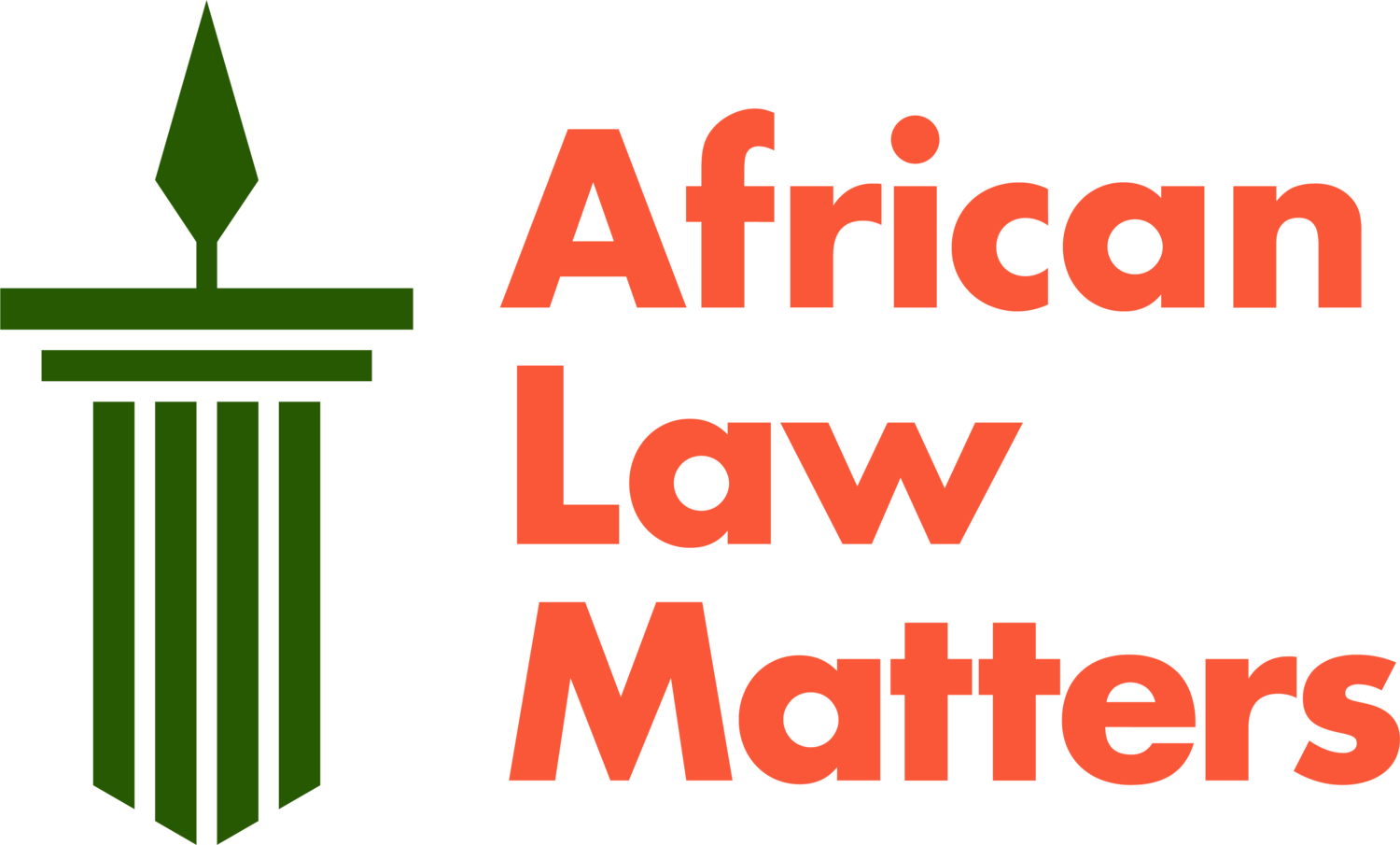Introduction to the Maputo Protocol and its Significance
South Sudan ratifies the Maputo Protocol: https://au.int/en/pressreleases/20230607/south-sudan-becomes-44th-country-ratify-protocol-womens-rights
Two decades ago, on the 11th of July 2003 in Maputo, Mozambique, the African Union adopted the Protocol to the African Charter on Human and Peoples’ Rights on the Rights of Women in Africa (the Maputo Protocol). This marked a historic moment in the human rights landscape in Africa.
The Maputo Protocol complements the primary human rights treaty in Africa – the African Charter on Human and Peoples’ Rights (the Charter), which was adopted in 1981 by the then Organization of African Union (OAU), now the African Union (AU). The Maputo Protocol has been ratified by 44 Member States of the AU (South Sudan being the latest ratification in June 2023). However, 11 countries are yet to ratify the Maputo Protocol - Botswana, Burundi, Central African Republic, Chad, Egypt, Eritrea, Madagascar, Morocco, Niger, Somalia, and Sudan.
To appreciate the significance of the Maputo Protocol, one must understand the gaps that existed in the African Charter in so far as gender equality and women’s rights are concerned, and which necessitated the Protocol’s adoption. As the principal human rights treaty in Africa, the Charter prohibits discrimination on the basis of sex in Article 2 which states “Every individual shall be entitled to the enjoyment of the rights and freedoms recognized and guaranteed in the present Charter without distinction of any kind such as race, ethnic group, color, sex, language, religion, political or any other opinion, national and social origin, fortune, birth or any status.”
This Article offers a general non-discrimination provision and is an ancillary or non-autonomous provision i.e., it can only be invoked in relation to the protection of a right protected within the Charter. Its violation is hinged upon the violation of another substantive right within the Charter and cannot be invoked on its own.
Article 3 of the Charter provides for equality before the law. Women are only specifically mentioned in a provision for the rights within the family, under Article 18 (3) of the Charter, which states that “the State shall ensure the elimination of every discrimination against women and also ensure the protection of the rights of women and the child as stipulated in international declarations and conventions.”
As soon as the African Charter was adopted and entered into force, women’s rights advocates began to call for stronger protection and provision of women’s rights on the Continent, specifically the need for an African Women’s Rights Protocol. This journey is documented in SOAWR’s Journey to Equality Publication: 10 Years of the Maputo Protocol.
In 1995, the AU mandated the African Commission on Human and Peoples’ Rights (ACHPR) to develop the Protocol. In April 1997, the ACHPR and the International Commission of Jurists organized an experts’ group meeting that developed the first draft of the Protocol which was presented at the 22nd Session of the ACHPR in October 1997.
“The Maputo Protocol is lauded as the most comprehensive binding treaty on women’s rights.”
The draft also received input from various NGOs and was “workshopped” in a number of experts’ meetings, thereby enriched. At the time there was another treaty (the Convention on Traditional Practices) being developed and advanced by the Inter Africa Committee, which the ACHPR merged with the African Women’s Rights Protocol. This Draft Protocol was then deliberated on and reviewed at various government and AU experts’ group meetings.
However, before it was presented for adoption, FEMNET noted that the Draft Protocol did not meet international standards and thus circulated it to other women’s rights groups, activists, and international law experts who submitted feedback and comments that went a long way to enrich and strengthen the Draft.
Equality Now then integrated these proposals into the Draft Protocol and convened (in collaboration with FEMNET and the Ethiopian Women Lawyers’ Association) African women’s rights organizations who proposed alternative and stronger gender equality language and additionally developed and rolled out a multi-pronged advocacy strategy towards the adoption of the improved Draft Protocol.
This strategy included: meetings with AU officials, and AU member states representatives; mobilizing and getting commitments from AU member states to send representatives with legal and human rights expertise to the AU ministers and experts’ meetings on the Protocol; inclusion of women’s rights organizations as part of the official government delegations to the AU meetings; national-level advocacy targeting ministers of justice and gender to adopt the proposals aimed at improving the Protocol. Eventually, with input and advocacy from experts and leading women’s rights organizations, the AU adopted the Maputo Protocol in 2003.
The Maputo Protocol is lauded as the most comprehensive binding treaty on women’s rights. It covers all three generations of rights including 3rd generation rights to environment and development and prohibits discrimination in all spheres, covering both private and public domains- meaning that private and public entities are bound by the treaty.
The Protocol is very comprehensive and boasts a holistic articulation of violence against women in a binding treaty. Additionally, the Protocol recognizes the intersectionality of women and the resultant multiple levels of oppression by making specific provisions for special protection for women with disabilities, pregnant women, widows etc.
The Protocol is the first binding human rights instrument to make provision for abortion as a human right and to make provisions for the protection of women living with HIV/AIDS. Even more intriguing is the fact that the Maputo Protocol rights are tailored for the African continent and aimed specifically to respond to the lived realities of women and girls in Africa.
The Protocol is innovative in a number of respects. It addresses the long-standing controversy between monogamy and polygamy by prescribing monogamy as the preferred mode of marriage, whilst making provision for the protection of women and children in polygamous families. It also introduces a gender perspective in national development procedures and acknowledges that the implementation of trade and economic policies can have a disparate impact on women’s rights.
While taking a firm stance toward the elimination of discrimination against women (Article 2) and access to justice and equal protection before the law (Article 8), the Maputo Protocol recognizes and prohibits harmful practices such as child marriage and sets the minimum age of marriage at 18 (Article 6); female genital mutilation, and other harmful practices (Article 5).
Women have historically suffered various forms of discrimination and injustices within the family set-up and so the Maputo Protocol offers protection for women within the family by explicitly providing for their rights including the right to marry, remain custodians of their children, right to matrimonial property, and right to inheritance. Additionally, the Maputo Protocol acknowledges that African women live within cultural societies and therefore recognizes the right of women to live in a positive cultural context (Article 17).
Women’s roles and positions in the social, political, and economic aspects of their countries have been specifically recognized by the Maputo Protocol which calls for the inclusion of women in the political and economic development agenda of their countries.
Over the last two decades, women’s lives have been transformed and positively impacted by the Maputo Protocol. Not only have state parties adopted legislation and policies that conform to the Maputo Protocol, thereby making these rights available to women and girls in their countries, but national, regional, and continental judicial bodies have made positive and progressive decisions that elaborate and give life to the Maputo Protocol rights.
While we celebrate the gains of the Maputo Protocol over the last twenty years, there is more that needs to be done by African governments to ensure that every woman and girl on the Continent is positively impacted by and enjoys the full effect of the Maputo Protocol in line with its aspirations.
For instance, the 11 countries that have yet to accede to the Protocol need to do so as a matter of urgency so that the women and girls in those countries can enjoy the same rights as their counterparts across the continent; governments that have entered reservations need to lift those reservations in order to ensure the full effect and application of the Protocol; countries need to put in place stronger institutional, legislative, administrative and budgetary measures towards the full implementation of the Maputo Protocol and finally, States must remain accountable to their commitments under the Protocol by undertaking regular monitoring and reporting of the progress made on implementation in addition to complying with judicial decisions.


